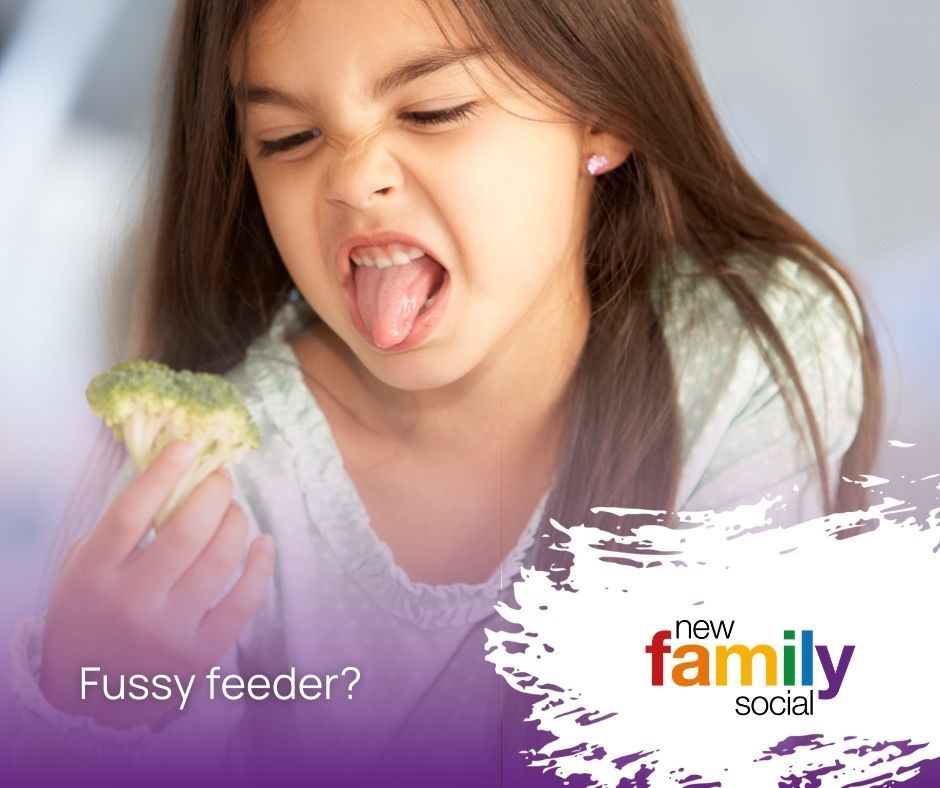 ‘I’m not eating THAT!’
‘I’m not eating THAT!’
Sound familiar?
On 20 April our LGBT+ adopter and foster carer members met to talk and share ideas about food, their children and fussy eating.
Here are their top tips, courtesy of Riley and Ric from our membership team:
Does your child refuse to eat?
1. Try to chill out about it. They won't starve themselves, so don't worry too much.
2. Ask yourself questions to help you consider the reasons why they refuse to eat. Is it about control? Is it a result of early trauma? How were they weaned? Were they neglected? Was food a source of security, or was it risky to consume?
3. Hide fruit and vegetables in cake! Various members said their children had learned to like certain foods by trying it first baked into a cake.
4. Write it down - keep a list of foods your child will eat. Hopefully you'll be able to watch it grow.
5. If something's working - keep doing it! Don't worry if it's different from what you expected or what your friends do with their kids.
Does your child take and hide food?
1. Do they eat everything they take? Or do they hide it without eating it? Some kids feel safer if they know there’s food in their room.
2. Make sure there’s food available that can help themselves to if they're hungry.
3. Keep calm when they tell you they've taken something or you find the evidence.
4. Cooking and shopping together can help kids feel more in control
5. Make food playful - can they catch a grape in their mouth? Can they guess the crisp flavour?
Does your child struggle with their behaviour at meal times?
1. Think about their emotional age, not their chronological age. Do they need to be fed? Do they play with their food like a baby or toddler?
2. If you're out and about, try having them sit on your lap instead of in their own seat.
3. Do what your child needs, not what you think you "should" make them do. Some children need to bounce on an exercise ball while they eat. Other children eat better if they have music playing during meals.

